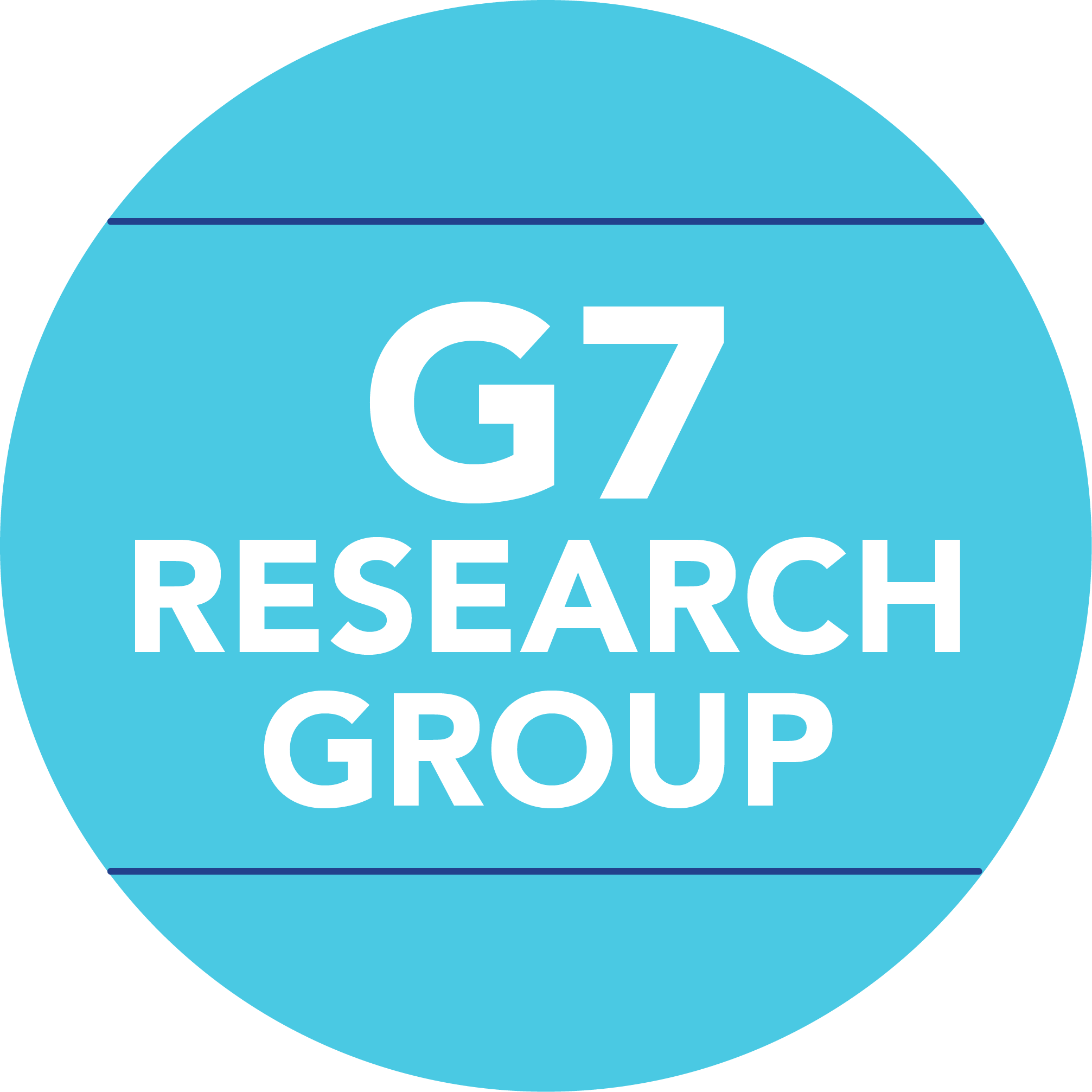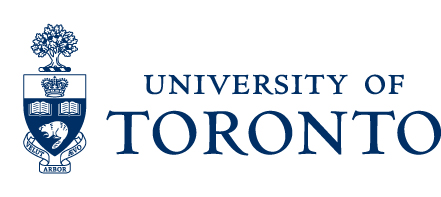
Summits | Meetings | Publications | Research | Search | Home | About the G7 Research Group

 |
Summits | Meetings | Publications | Research | Search | Home | About the G7 Research Group |
 |
G7 Foreign Ministers’ Significant Performance at Charlevoix
John Kirton, G7 Research Group
March 18, 2025
The G7 foreign ministers, meeting at Charlevoix, Canada, on March 12–14, 2025, produced a significant performance, much better than many had expected and feared (Al Mallees 2025). All G7 foreign ministers participated in person, including US secretary of state Marco Rubio. He had flown in directly from his meeting in Saudi Arabia on March 11, where the United States and Ukraine agreed to propose to Russian president Vladimir Putin an “immediate ceasefire” in Russia’s war against Ukraine.
At Charlevoix, G7 foreign ministers produced two fully agreed documents, more than the one they had at their meeting in Munich on February 15 (Kirton 2025). At Charlevoix there was a joint statement on a broad range of global security issues and the Declaration on Maritime Security and Prosperity covering, political, economic, crime, environmental, food and agriculture, and many other issues.
Importantly, the joint statement, agreed by all the foreign ministers including Rubio, began by reaffirming their “unwavering support for Ukraine in defending its territorial integrity.” Moreover, it described Russia’s actions as “aggression,” by underscoring the “need for robust and credible security arrangements to ensure that Ukraine can deter and defend against and renewed acts of aggression.”
The statement’s 1,583 words contained at least 10 commitments, more than the ministers’ nine commitments at their earlier February 10 statement from Munich. Charlevoix’s 10 commitments consisted of three on Ukraine, three on “regional peace and security in the Middle East,” two on “cooperation to increase security and resilience across the Indo-Pacific,” and two on “building stability and resilience in Haiti and Venezuela” (see Appendix A). It was thus a broad and balanced set of commitments that still put Ukraine and the Middle East first.
The Charlevoix foreign ministers’ joint statement affirmed the G7’s democratic values four times and those of human rights twice. It developed global governance institutionally within the G7 three times, by welcoming “efforts to strengthen the Sanctions Working Group focused on listings and enforcement” and “discussions on the establishment of a Hybrid Warfare and Sabotage Working Group and of a Latin America Working Group.” It also developed global governance institutionally beyond the G7 three times.
The Declaration on Maritime Security and Prosperity, released shortly after the Joint Statement, contained 2,519 words and an additional seven commitments (see Appendix B). These seven consisted of a general one on international security, economic prosperity and the sustainable use of marine resources, two on “emerging threats on safe seas and freedom of navigation and overflight, and four of “safe shipping and supply chain security.”
Although there were affirmations of the value of democracy or human rights, there were extensive ones to ecological sustainability, which joined security and the economic as an equal part of the overall trilogy. Notably, the declaration noted the dangers to ports caused by “extreme weather events” in a clear reference to climate change that US president Donald Trump’s administration had refused to accept in those two words in the G7. This could provide a way in which the G7 leaders at Kananaskis could act to combat climate change themselves.
In its institutional development of global governance, the declaration made three references to bodies within the G7 and 12 to those outside.
What stood out were the connections the declaration made to a wide range of other G7 and global issues. Apart from security, the economy and ecology in general, these included trade, information and communications technologies, biodiversity, fishing, food, critical minerals, energy, crime, development, terrorism, migration and refugees, and health in the form of “illegal drug trafficking.”
Also noteworthy was the condemnation of China, which joined Russia as a target, while North Korea, and the Houthis were singled out too. The reference to the Houthis foreshadowed the US attack in Yemen a few days later. US concerns were also well reflected in the passages on port security, although the Panama Canal was not mentioned by name.
There were also many references to the vulnerabilities that the maritime domain posed to G7 members.
Overall, at Charlevoix the G7 foreign ministers showed a strong degree of unity across a broad range of subjects. The meeting increased hopes that Trump would reflect this new G7 consensus in his telephone call with Putin on March 18, designed to get a serious Russian sign on to the agreement between the US and Ukraine on an immediate ceasefire in Russia’s war against Ukraine. It also offered stronger grounds that the Kananaskis Summit itself would be more productive than many had previously thought.
Al Mallees, Nojoud (2025). “G7 foreign ministers meet amid trade tensions,” Globe and Mail, March 13. https://www.theglobeandmail.com/world/article-g7-foreign-ministers-meet-in-charlevoix-as-trade-tensions-escalate/.
Kirton, John (2025). “A Strong Start to G7 Global Security Governance at Its Munich Foreign Ministers’ Meeting,” G7 Research Group, February 15. https://www.g7.utoronto.ca/evaluations/2025kananaskis/kirton-foreign-ministers-munich.html.
 — 
|
This Information System is provided by the University of Toronto Libraries and the G7 Research Group at the University of Toronto. |
|
Please send comments to:
g7@utoronto.ca This page was last updated March 21, 2025. |
All contents copyright © 2025. University of Toronto unless otherwise stated. All rights reserved.